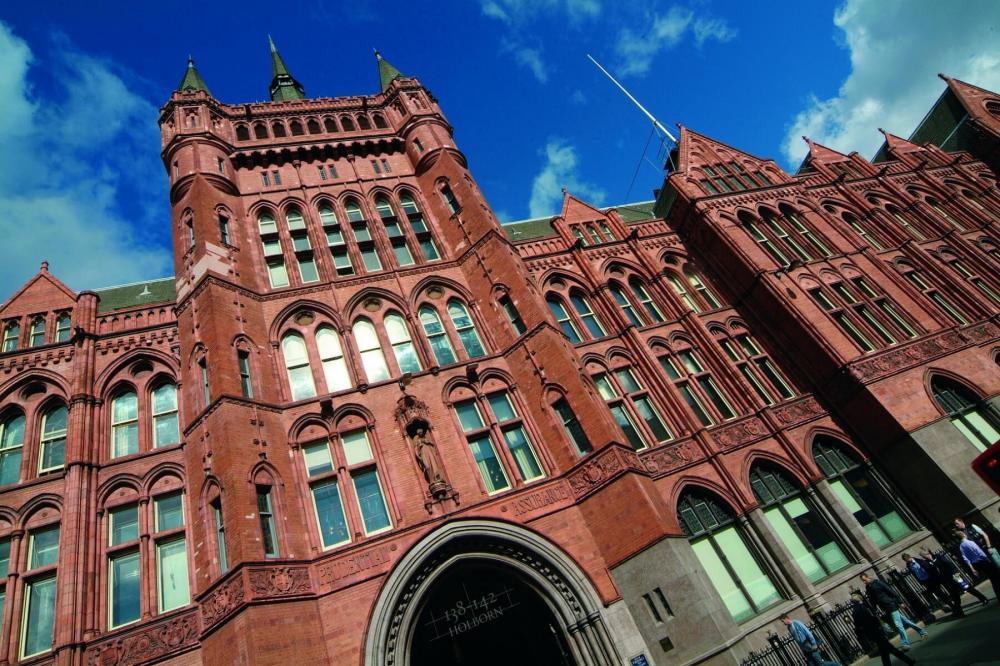

He is also nearly naked, staring at Mercury above him. Many of these are symbols of Vulcan, who is depicted with Minerva and Mercury in other works. Instead, the god is depicted among an anchor, cogwheel, anvil and hammer, a beehive, grapes, wheat ears and a sickle. Two other gods are depicted to Mercury's left and right: the male figure to his right is typically and officially deemed to be Hercules, though he lacks the god's characteristic club and lionskin. He is standing in a contrapposto pose in front of an eagle, wings outstretched, peering around his right leg. Mercury is standing at the top center of the work, depicted traditionally with a caduceus and wearing a winged helmet, with loose drapery concealing otherwise complete nudity. Coutan created the model in his Paris studio and shipped it to New York City later. The sculptures were designed by French sculptor Jules-Félix Coutan and carved by the John Donnelly Company. The work includes representations of Minerva, Hercules, and Mercury. At its unveiling in 1914, the work was considered the largest sculptural group in the world.

It is about 48 feet (15 m) tall, 66 feet (20 m) wide, and weighs about 1,500 short tons (1,400 t). The work is also known as Progress with Mental and Physical Force or Transportation. The Glory of Commerce sculptural group rests atop the terminal's facade, directly above a broken pediment featuring a large clock. Glory of Commerce, a sculptural group by Jules-Félix Coutan


 0 kommentar(er)
0 kommentar(er)
